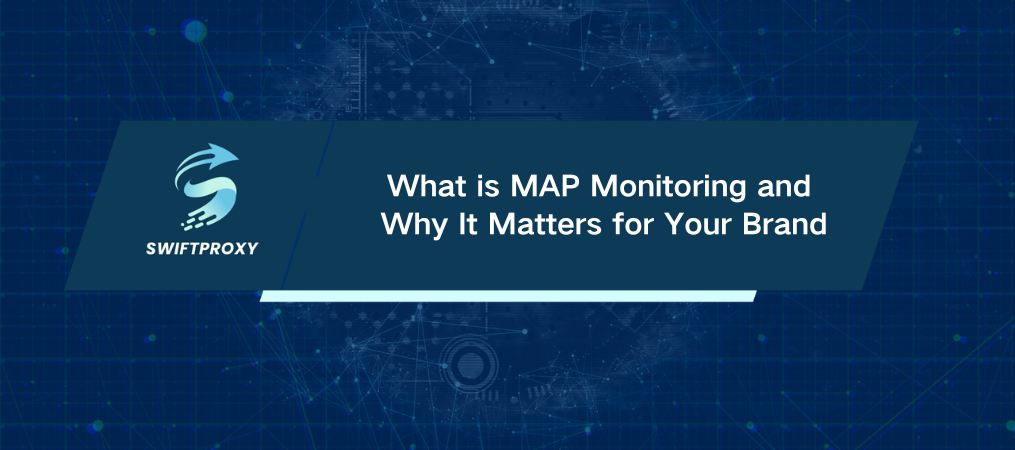What is MAP Monitoring and Why It Matters for Your Brand

In the competitive world of retail, price consistency is crucial. A study found that 60% of online shoppers become skeptical of brands with large price fluctuations. To maintain control over pricing and protect brand integrity, companies turn to MAP (Minimum Advertised Price) monitoring. But what exactly does MAP monitoring mean—and why should your business care?
What is MAP Monitoring
At its core, MAP is a pricing strategy set by manufacturers to ensure that retailers do not advertise their products for less than a specified minimum price. This policy helps maintain fair pricing across different sales channels and prevents price wars that can damage a brand's reputation. MAP monitoring is the process of actively tracking and enforcing these pricing standards.
Here's how it works:
1. Price Standard: The manufacturer establishes the minimum price retailers can advertise the product for.
2. Channels: This applies to both online and offline platforms where the product is sold.
3. Penalties for Violations: Retailers who do not comply with the MAP face penalties, such as loss of supply or terminated partnerships.
4. Enforcement Mechanism: Brands use a system to monitor compliance and address violations.
Why MAP Monitoring is Essential for Your Brand
1. Maintains Brand Integrity
A consistent price builds consumer trust. When prices fluctuate too much, it confuses buyers and lowers their confidence in the brand. Consumers are increasingly aware of price discrepancies. MAP monitoring ensures the advertised price is consistent, helping maintain a positive brand perception.
2. Prevents Counterfeits and Unauthorized Sales
MAP monitoring isn't just about price—it also helps prevent unauthorized retailers from selling counterfeit or poor-quality products. By ensuring that only approved retailers are advertising products at the right price, brands can protect their customers from subpar goods and maintain a high standard of quality.
3. Encourages Healthy Competition
Without MAP, retailers might compete solely on price, leading to unsustainable price cuts and a race to the bottom. MAP prevents this by encouraging retailers to focus on value-added services, customer experience, and innovative marketing, rather than slashing prices. This shift results in more stable market conditions and protects everyone’s profit margins.
4. Drives Profitability
MAP monitoring directly impacts profitability by preserving price stability across the market. Brands that enforce MAP policies generally report profit margins that are 15% higher than those who don't. The stability also allows for better forecasting, budgeting, and long-term financial planning.
5. Saves Time and Reduces Errors with Automation
Manual MAP monitoring—where a team checks and compares prices across retailers—can be tedious and prone to mistakes. With an accuracy rate of only 65%, manual monitoring is often inefficient. On the other hand, automated MAP monitoring tools can quickly and accurately capture price data, flag violations, and generate reports—all in real-time. Brands using automation tools are five times faster at detecting and responding to price violations.
How Automated MAP Monitoring Works
Automated MAP monitoring tools use technology to streamline the entire process. They scan e-commerce platforms for price data, compare it to the set MAP, and immediately alert brands if a retailer is in violation. These tools also generate detailed reports, allowing brands to quickly identify trends, track violations, and take corrective action before problems escalate.
Conclusion
MAP monitoring is not just about enforcing pricing rules—it’s about protecting your brand, ensuring fair competition, and improving profitability. By maintaining consistent prices across all sales channels, brands can foster consumer trust, defend against counterfeit products, and create a healthier market environment for all.
Whether you're using manual methods, automated tools, or even a proxy to track pricing across different platforms, MAP monitoring is a critical component of a strong pricing strategy. Don't let price confusion harm your brand. Implement MAP monitoring today to protect your profits, reputation, and competitive edge.

















































